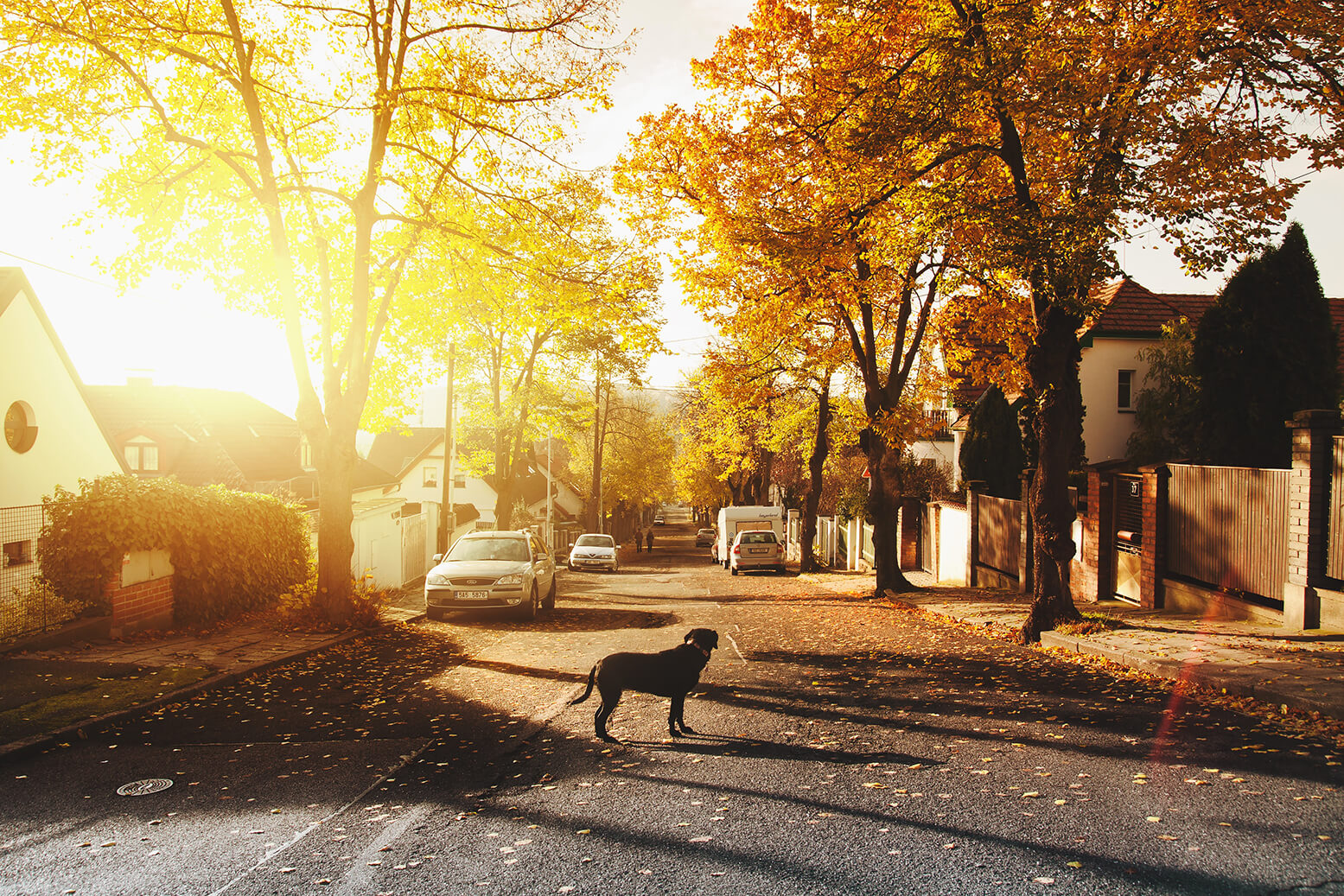Call Us: (250) 897-1973

As the weather turns cooler, many BC residents will be firing up furnaces and fireplaces after a long, hot summer. While these household appliances bring much needed warmth and ambiance, they can also be deadly if not properly maintained. Carbon monoxide (CO) is a colourless, odorless, potentially fatal gas that is produced by fuel-burning appliances like furnaces, gas stoves, and fireplaces.
Keeping your gas appliances properly maintained, not only contributes to safety, it can also have the benefit of reducing costs, explains Technical Safety BC’s Brad Wyatt, Gas Safety Manager. “Proper maintenance saves homeowners money over time, and preventative maintenance by licensed contractors provides peace of mind.”
In his experience at Technical Safety BC, Wyatt has seen many instances of unmaintained furnaces, fireplaces, and other gas equipment putting residents in danger.
“Fall is the best time to get work done on fireplaces and furnaces,” he says. “It’s best to get it taken care of early, before winter sets in and contractors are busier. This is particularly important for those living in more remote communities with a dependency on propane, wood stoves, and oil tanks.”
There also can be an increase in carbon monoxide exposure incidents during the fall and winter months due to improperly functioning gas appliances.
Here are our recommendations.
- Have fuel-fired appliances (furnaces, fireplaces, gas stoves, hot water heaters, boilers, etc.) inspected annually, ideally when the weather cools down. Remember, any work that involves a gas-fired appliance is regulated and therefore must be done by a licensed gas fitter (current class A or B or Gas Appliance Certificate of Qualification from Technical Safety BC) with the appropriate permits. Refer to the list of licensed contractors on our website).
- Both wood and gas fireplaces can pose a risk for carbon monoxide (CO). With a gas fireplace, a change in flame colour from blue to mostly yellow typically indicates an increase in CO levels. When using a wood fireplace keep dampers open and crack a window to allow airflow within the home.
- Ensure appliance air and fresh air intakes on the exterior of the home remain clear of debris and un-obstructed.
- Install CO detectors on each floor in the home and near any sleeping areas and check the batteries every year. CO detectors have maximum operating life and any device that has reached the end of its useful life should be replaced. Replace existing CO detectors as directed by the manufacturer or upon the audible end of life signal from the device.
It’s also important to know the signs of CO poisoning, such as headaches, nausea, fatigue, dizziness, etc. Watch for the warning signs of CO build up including discoloured fuel burning appliances or heating system air vents; window condensation; sick or dying plants; soot build up; and discolouration on fireplaces.
A bit of preventative maintenance done now, can ensure a safe and enjoyable fall and winter season.
Ready to start your fall to-do list? Learn more about carbon monoxide safety and gas fireplace safety.
Open Monday - Friday 8 am - 5 pm
We specialize in Bathroom and Kitchen Renovations, plumbing service, maintenance, and repair in the Comox Valley and beyond.
Call Us Anytime: (250) 897-1973
